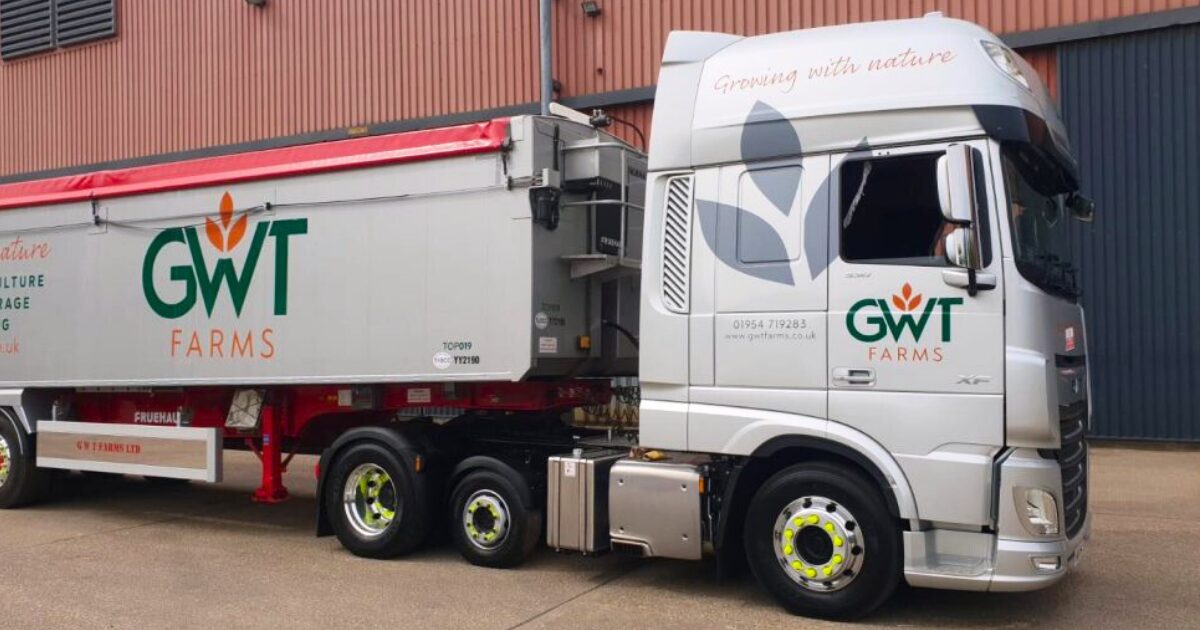Four reasons your trucking business needs a website
What’s the first thing you do when you need to find a new product or service? If you’re like most people, you probably said, “Google it.” While a Google listing is helpful, it only provides a glimpse of your business.
The trucking and transport industry, though unique, is not exempt from the digital age. It’s increasingly important for businesses, big and small, to have an online presence to be seen and heard by potential clients and customers. It also offers an opportunity to add value to your customers without them spending a dime.
#1 Visibility
Websites are a crucial step in your customer’s journey—even in the trucking industry. Think of it as your virtual storefront. Like any storefront, it should have the basics: contact information and the services you offer. But once inside, visitors should get a feel for your business.
A high-quality website sets you apart from competitors and grabs the attention of potential customers first. Good imagery, branding, and storytelling are key foundations of an effective website.
#2 Build your credibility and reputation
In 2024, having an online presence for your transport business isn’t just nice to have; it’s essential. Customers want to know the story behind your business, your values, your team, and what they can expect from you. This information influences their decision to engage with you.
A website acts as a badge of trust. By filling your site with value-added content like client testimonials and information about your business and its values, you’re more likely to attract customers.
#3 Attract employees
Looking to attract top talent in the industry? A website can help. Like potential customers, job seekers often search online for work and browse until they find a company that feels like a good fit. A welcoming, informative website with a ‘careers’ tab will draw job seekers to you.
#3 Customer service
An effective, up-to-date website provides plenty of information that your customers need, reducing the number of phone calls or emails with questions and saving you valuable time. You can also link it to your booking system and more, making your website the go-to place for all your customers’ needs.
At MyTrucking, we developed a special section of our website dedicated to answering customer questions, so everything is in one place. And of course, if you can’t find what you need, we’re always just a phone call away.
Social media isn’t enough
Social media is an essential marketing tool for any business, but it’s not enough on its own. Scam pages are becoming more common due to the low barrier to entry. However, a professionally created website adds legitimacy and credibility to your business.
Using social media alongside your website can drive traffic between the two and help build a sense of community, trust, and brand awareness.
Proof is in the pudding
At MyTrucking, our website is a crucial piece of our marketing puzzle and something we couldn’t be without. It’s the landing zone for customers to find resources, testimonials, instructional videos, blogs, news – everything that will enhance our customer experience. We’ve invested time and money into finding the right people for the job – from designers, copywriters, digital marketing experts and more to keep the engine running as we want it.
But it doesn’t have to be expensive time-wise or money-wise. There are many great website building platforms to help you on your way, from Squarespace to Rocketspark and many in between. These allow you to customise templates and are a perfect option for your very first website. And as for the content – put pen to paper (or is it finger to keyboard…) and simply start. After all, starting is often the hardest part.




